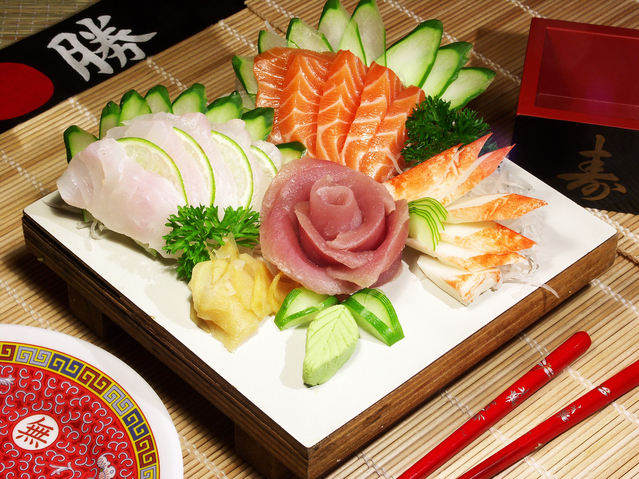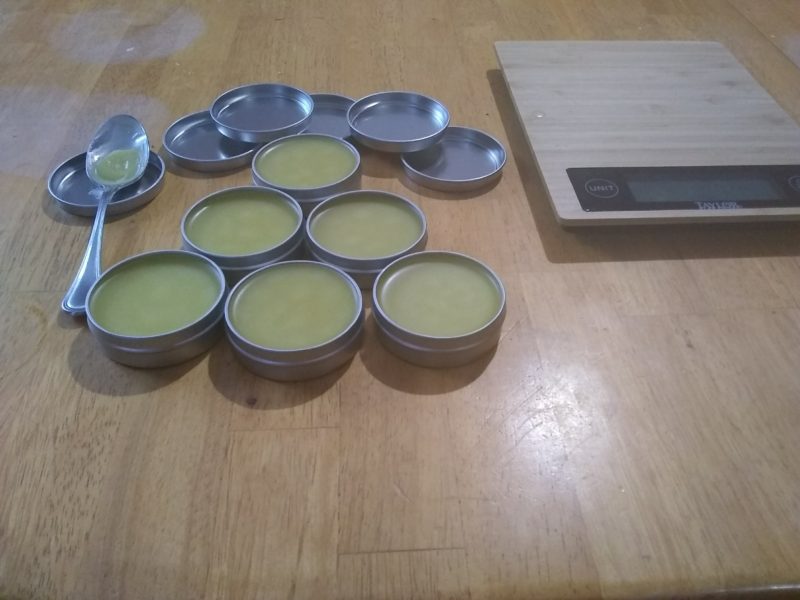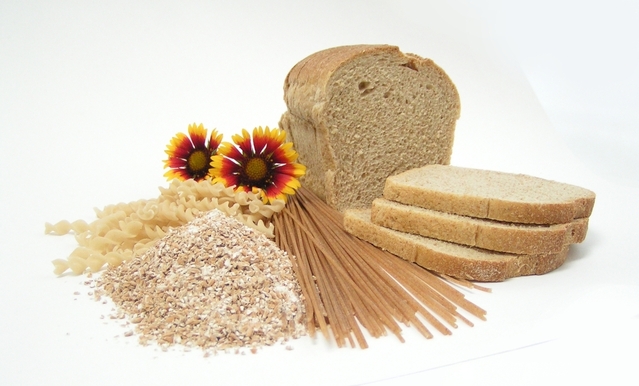Deciduous Trees of Alaska
Hi there! You want more trees that grow in Alaska? Well, I got more trees that grow in Alaska. Today we will focus on trees with leaves versus needles. Most of the leaves of all Alaskan deciduous trees (minus tamarak) contain a compound called salicin(sal-e-sin). Willow, as we will discuss is the most potent of them, but you could feasibly make a tea for headaches from any of the deciduous trees listed here. I briefly went over what deciduous means in last weeks post, but in case you didn’t read it: deciduous means that the tree sheds its leaves in the autumn.

Balsam Poplar Populus balsamifera
Food use: The catkins can be eaten raw or put in soups and stews, but they can be bitter. The inner bark has long been used in famines or survival situations as a flour replacement. So really, the entire tree, while edible, is more survival fare.
Medicinal use: Also known as cottonwood, the buds from this tree are what is used to make the Balm of Gilead. (If you want to try it yourself, check out my Popular Poplar Balm) It is a popular salve used for a variety of ailments that tend to have to do with inflammation. Traditionally used for arthritis, I also use it for pimples before they have become whiteheads, sore muscles, bruising, dry flaky skin, cuts and scrapes. A tea or tincture made out of the buds can help with respiratory congestion. The leaves and bark can be used to reduce pain and inflammation for a number of problems.
Cautions: Use internally in moderation. Those who are allergic to trees may react to the buds or leaves.

Alder – Alnus crispa, A. sinuata, A. tenuifolia
Food use: The catkins are high in protein (whereas a lot of the others on this list are high in vitamin C). You can dry them to put in soups. I love smoking my fish. One of Jason and my favorites is to use alder chips. Yum!
Medicinal use: The leaves and dried inner bark can help aid in digestion. Additionally, the leaves and outer bark contain salicin, which is the precursor to salicylic acid. Salicylic acid is the main ingredient in aspirin. It is a general anti-inflammatory. This means that the leaves and outer bark can be used on skin irritations like chicken pox, bug bites, and weepy wounds. A decoction will help stop internal bleeding.
Cautions: This is one of the only ones where something MUST be done to the inner bark to make it usable. In contrast to the other trees, the inner bark MUST BE DRIED completely or it will cause vomiting. And none of this wilting stuff. Fully and completely dry!

Willow – Salix Species
There are over 45 different types of willow that grow around here. They cross breed (think of a German Shepherd mating with a Husky to get a Shepsky) so much that it is very difficult to get a positive ID. However, all species are known as safe.
Food use: All species of willow are edible, but not necessarily tasty. Specifically, the inner bark is very bitter. In the spring, the catkins are tasty and can be eaten raw or fried up with other veggies or in soups.
Medicinal use: Willow is the basis for aspirin with the salicin it contains. The leaves and bark contain it. Salicin can help relieve pain and reduce inflammation. As a result, leaves can be chewed up in a spit poultice for bug bites. For headaches, a tea or tincture of the inner bark, even the leaves, will be helpful. Be prepared for a very bitter taste.
Cautions: Be careful if taking willow over a long period of time as it can cause stomach irritation. However, due to the other compounds present in willow, the salicin does’t cause bleeding in the stomach or thin the blood like aspirin.
I’ll leave it there for today. Next week I’ll finish off with the last two. Now remember, these lists are not all inclusive. Specifically, this list doesn’t include trees that can make it up here but aren’t native.





Wonderful read as always… Sorry I’m a bit behind in my reading. My friends son got married last night and I’ve been cooking for days… 😀
Thank you Ann! Congratulations on your son getting married! I’m sure they enjoyed the feast you provided. May they have a wonderful, prosperous life together!